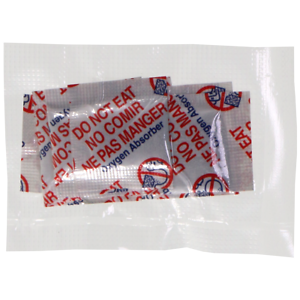In early developments oat grains like maize, wheat, grain and so on were put away in enormous vaporous structures, regularly raised up starting from the earliest stage to diminish perversion by nuisances and vermin. Old Egyptian and early Hebrew compositions incorporate reference to such structures and their replacements can, in any case, be found being used in Buy Emergency Food and districts.

More modest amounts of food were put away in bushels produced using woven grasses or leaves and such plans have stayed being used to the current day.
On later occasions yet before the innovation of the fridge numerous food items were put away in the home as jam or pickles, regularly in heat-fixed containers, for example, Kilner containers
- Current holders
In the advanced created world, an extremely wide scope of food bundling and holders is currently accessible produced using numerous materials.
- Plastic holders
Numerous items utilize low-thickness polyethylene shaped into plastic packs or plastic boxes. There are numerous creators of plastic boxes, whatever as Tupperware and Lock and Lock are known all through a large part of the created world.
- Metal holders
Longer-term stockpiling or capacity of things requiring a more significant level of assurance from the components may utilize sheet metal. A typical type of such stockpiling is the roll tin. See Canning.
- Cooler
Maybe the most omnipresent homegrown thing of food stockpiling is the cooler or refrigerator cooler where a wide assortment of staples are contained and protected using low temperatures.
- Expendable
Expendable food holders, a type of dispensable food bundling, might be utilized for food or drinks. Dispensable compartments are frequently made of paper or paperboard, plastic (counting plastic froth), or aluminum.
Modern food stockpiling compartments :
Any place food is gathered, produced, or circulated there is a requirement for holders to empower the food to travel safely and in great condition to the shop, stockroom, or dissemination warehouse. For some food sources, particularly those in their own individual holders like canned vegetables, the normal compartment is the ridged fiberboard box, Corrugated boxes are accessible in numerous sizes.
Business food coordinations :
Grain and beans are put away in tall grain lifts, quite often at a railhead close to the place of creation. The grain is sent to the last client in container vehicles. In the previous Soviet Union, where reap was ineffectively controlled, grain was frequently illuminated at the mark of creation to stifle form and creepy crawlies. In the U.S., sifting and drying are acted in the field, and transport is almost sterile and in huge holders that adequately smothers bug access, which disposes of the requirement for illumination. At some random time, the U.S. typically has around fourteen days worth of put-away grains for the populace.
- New leafy foods are once in a while pressed in plastic bundles and cups for new premium business sectors, or set in huge plastic tubs for sauce and soup processors. Foods grown from the ground are generally refrigerated at the most punctual conceivable second, and even so, have a timeframe of realistic usability of about fourteen days or less.
- In the United States, animals are normally moved live, butchered at a significant dissemination point, hung and shipped for two days to seven days in refrigerated rail vehicles, and afterward butchered and sold locally. Before refrigerated rail vehicles, meat must be moved live, and this put its expense so high that lone ranchers and the rich could bear the cost of it consistently.









